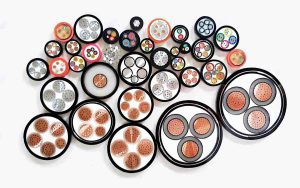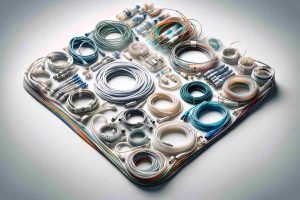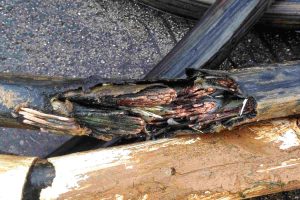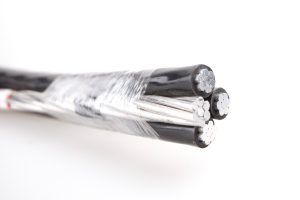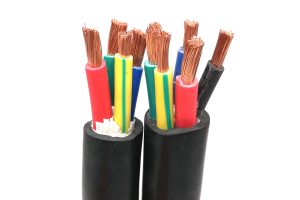In electrical design and technical reforms, scientific selection of cross-sectional area of electrical conductors is crucial. Experienced electricians will calculate the current according to the electrical load to decide the cross-sectional area of the wires.. There are also some electricians who will choose the cross-sectional area of the wires based on a mnemonic.. Today ZMS will share with you a scientific and simple method to select the cross-sectional area of cables.
Electricity Cable

The electrical cable industry is very important, since cables are used in almost all aspects of our modern life, from the energy that powers our homes and businesses to the electronics we use every day.
This page is an excellent source of information for those who wish to learn more about electrical cables and the cable industry in general.. Here you will find technical information on different types of cables, including its structure, composition, electrical and mechanical characteristics. Besides, you will be able to keep up to date with the news and developments in the electricity cable sector, as technological advances, new products, regulations and standards.
If you want to obtain relevant information about electrical cables and the cable industry, feel free to visit this page. You will find interesting and valuable information that will help you better understand how cables work and their importance in our daily lives..
The Robot Cable Market in the Age of Artificial Intelligence
With the video of robot Figure 01 flooding the internet, AI robots appear not far from mature applications. In recent years, the robot cables market has shown constant growth, and with the continued advancement of AI robot technology, This market is expected to maintain a rapid growth rate in the coming years.
How is Green Transformation Achieved in Electrical Cable Manufacturing??
As environmental problems become increasingly evident, all industries are actively exploring ways to achieve sustainable development. The wire and cable industry also faces the urgent challenge of how to save energy and reduce pollution during the production process.. The green transformation of electrical cable manufacturing is a production method aimed at environmental protection, that requires reducing or eliminating environmental pollution during the production process, improve resource use efficiency and promote clean production.
How Will the Development of New Energy Affect the Cable Industry?
The global energy landscape is undergoing an unprecedented transformation, driven by the development of new energy sources and growing environmental awareness. This revolution is not only redefining the way we produce and consume energy, but is also having a significant impact on related industries, like the cable industry.
Medical Microsize Coaxial Cables Market Expected to Reach 1766 Millions in 2029
According to the latest research report from 168Report, The global medical microsize coaxial cables market size was approximately 1351 million dollars in 2023. It is expected to reach 1766 million dollars in 2029, with a CAGR of 3.4% in the next years.
Corrosion in Copper and Aluminum Cables
The principle of corrosion of copper cables and aluminum cables refers to a chemical process that occurs when these cables come into contact with the specific environment, causing rust and damage to the metal surface. These chemical processes mainly include two mechanisms: electrochemical corrosion and chemical corrosion.
What Are Drop Cables? Everything you need to know
In the world of electrical installation, Drop cables play a crucial role, forming the bridge between the electrical power distribution network and the internal system of a building or property. these wires, known in English as SE cables (service entrance cables), They are essential to guarantee a safe and efficient connection to the electrical grid. in this guide, We will explore the key aspects of service conductors, including its types, Applications, and essential technical information.
The World Cable and Wire Market Will Reach 285.000 Millions in 2031
The global wire and cable market, vital for multiple industrial sectors, is experiencing significant growth. It is projected to reach 285 billion dollars for 2031, driven by technological advances and growing demand in various industries.
Projected Global Sales of Eco Cables 8,020 MDD one 2023 Y 128.3 Mil MDD para 2030
In the current era, The eco cables market is experiencing constant and significant growth. According to research statistics from DIResearch, Global sales of eco cables are projected to reach 8,020 million dollars in 2023, with expectations of reaching 128.3 billion dollars for 2030.
What is a Three Phase Cable? Applications and Technical Considerations
A three-phase cable refers to a cable used for three-phase alternating current electricity.. Three-phase alternating current is made up of three alternating current circuits with the same frequency, equal potential amplitude and a phase difference of 120° from each other, forming an electrical energy system. Three-phase cables are usually three-core cables., quad core and five core.

